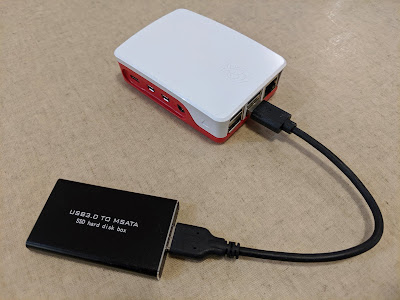Ender 3 3D Printer

I've previously experimented with trying to find suitable off-the-shelf enclosures to house my various controllers and sensors, and had come to the conclusion that the ideal scenario would be to build custom enclosures using a three-dimensional (3D) printer. In last year's Black Friday sales, I was amazed to come across one of the most common 3D printers, the Creality Ender 3 , and find out how cheap they were . Further, even the filament is reasonably priced . So, after a few months of deliberation, I finally took the plunge, and purchased an Ender 3. You can see a photo of the constructed printer here.







